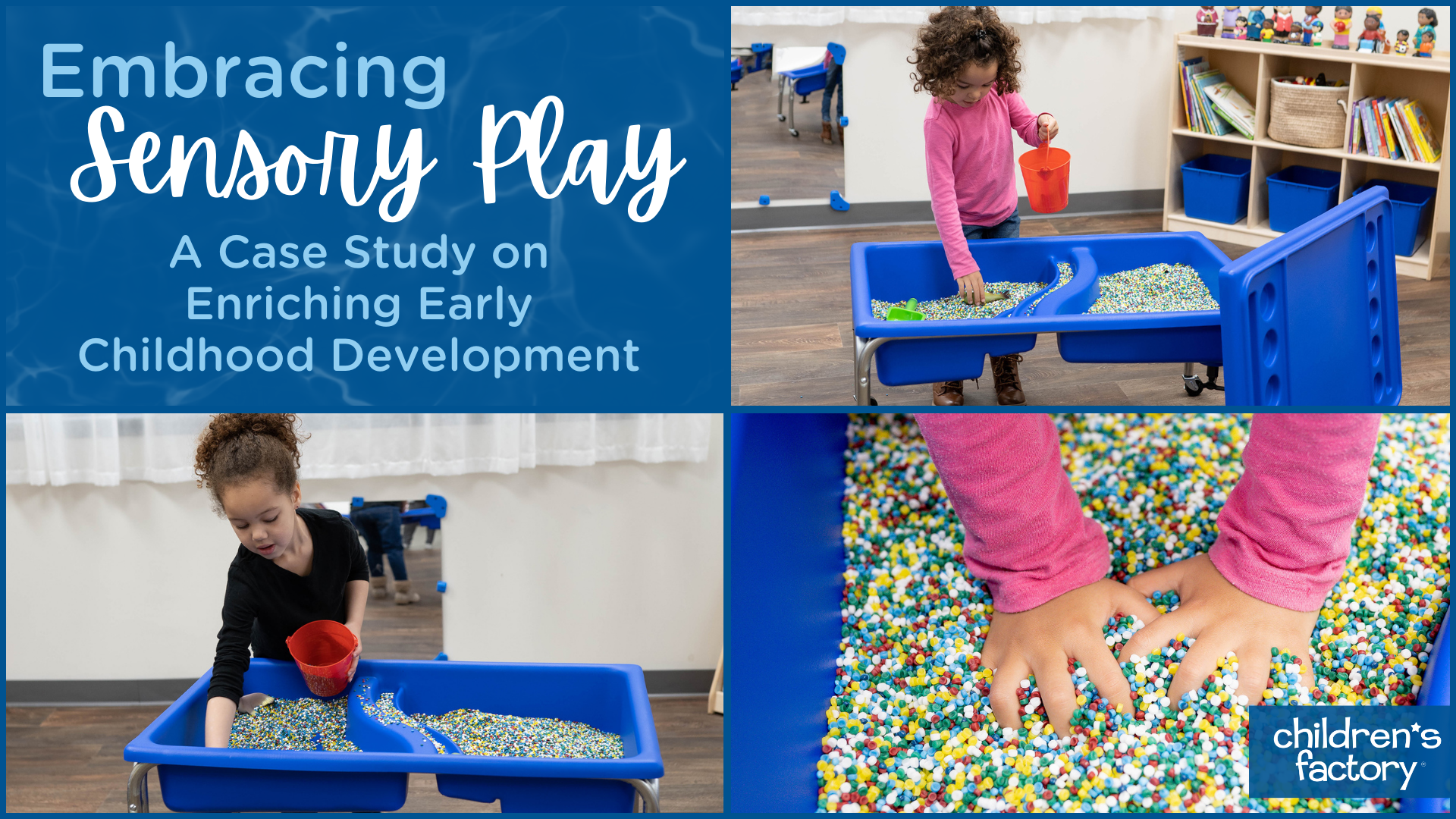
Embracing Sensory Play: A Case Study on Enriching Early Childhood Development
Executive Summary
This case study explores the implementation and benefits of sensory play within a progressive early learning center. The purpose is to highlight tangible outcomes of sensory play and provide insights for institutions and educators considering integrating such practices into their curricula.
Background
Sensory play, the activity that stimulates children’s senses, is often sidelined in educational settings due to a focus on academic skills. However, the “Sunflower Early Learning Center” (SELC) recognized its potential and implemented a sensory-rich curriculum to support holistic child development.
Implementation
SELC introduced sensory play through various means:
- Sensory Bins: Containers filled with rice, beans, or water, and small toys for tactile exploration.
- Nature Walks: Outdoor excursions that engaged all five senses.
- Art Stations: Spaces for creating with textured materials, scents, and colors.
- Music and Movement: Activities incorporating sound and kinesthetic experiences.
Methodology
Over six months, SELC monitored 100 children aged 3-5, evaluating criteria such as cognitive development, language skills, social interaction, and emotional well-being.
Findings
Cognitive Development
Children engaged in sensory play showed a 20% improvement in problem-solving skills. The tactile and explorative nature of the activities encouraged critical thinking and decision-making.
Language Skills
A 25% increase in new vocabulary was observed. Sensory play facilitated language development as children described their experiences using descriptive and expressive language.
Social Interaction
There was a 30% increase in cooperative play. Sensory activities often require sharing and interaction, which fostered social skills and teamwork.
Emotional Well-Being
Educators reported a 15% increase in positive emotional responses. Sensory play allowed children to express themselves non-verbally, leading to improved emotional regulation.
Testimonials
- Educator’s Insight: “Sensory play has transformed our teaching approach. We see children who are more engaged, curious, and communicative.”
- Parent’s Perspective: “My child is more active at home, eager to share daily experiences. Her imagination has flourished.”
Conclusion
The case of SELC demonstrates the profound impact sensory play can have in early education. By engaging multiple senses, children develop essential skills more robustly than with traditional learning methods alone. SELC’s experience provides a compelling argument for the integration of sensory play into early childhood curricula.
Recommendations
Institutions and educators are encouraged to:
- Integrate Sensory Play: Incorporate sensory activities into daily routines.
- Professional Development: Invest in training educators about the benefits and implementation of sensory play.
- Parental Involvement: Educate parents on sensory play benefits to extend learning beyond the classroom.
Sensory play is not just an educational tool but a necessity for the holistic development of children. SELC’s success story is a beacon, inviting educational institutions to revitalize learning experiences and unlock the full potential of our youngest learners.
View Children’s Factory Sensory Play Products Here